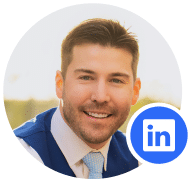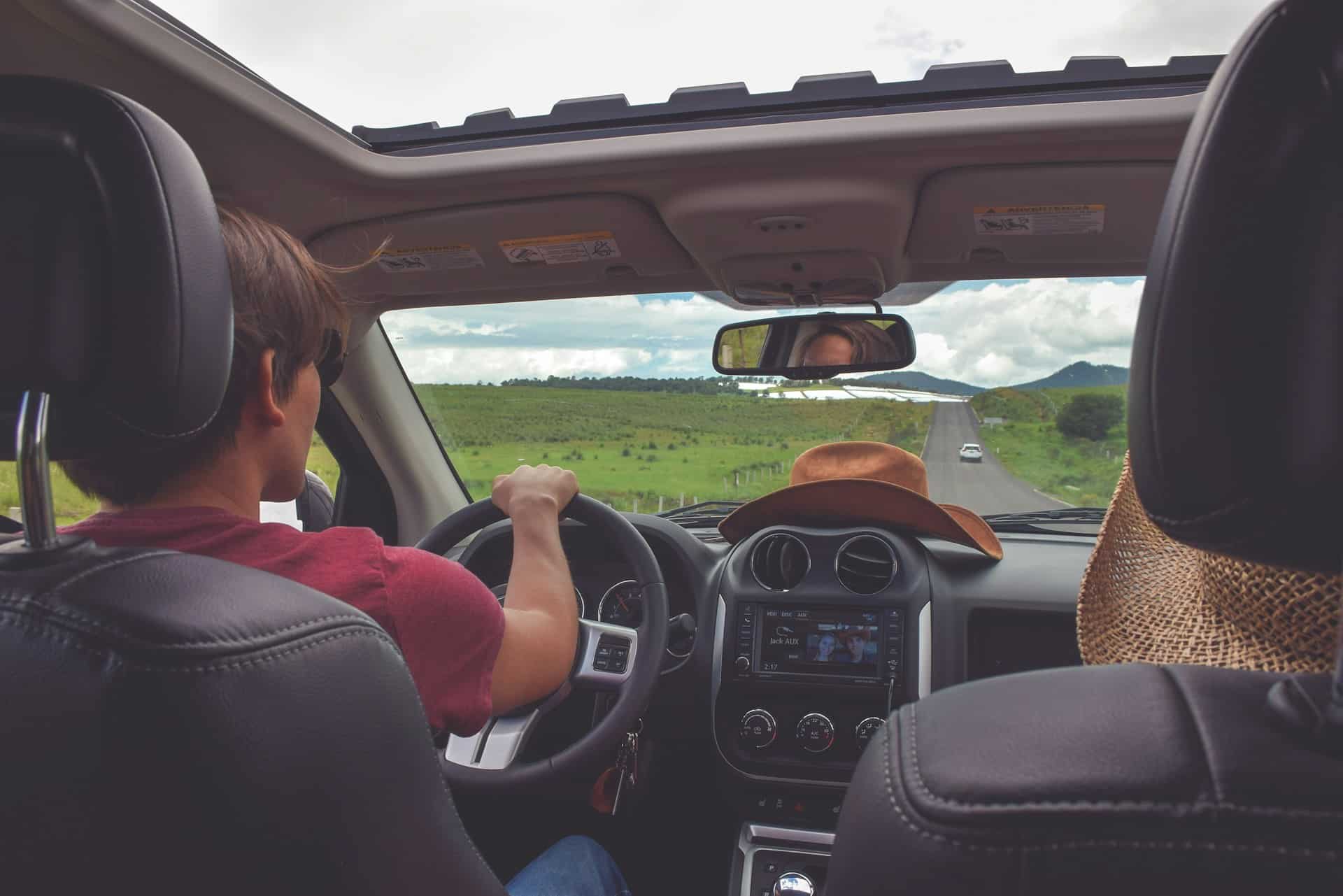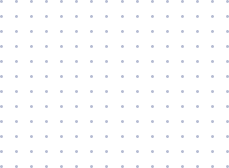In a recent year, failure to yield resulted in 3.40% of tragic incidents ending in fatalities and nearly 17% (4.98% + 12.02%) causing suspected severe or minor injuries.
Every road user plays a crucial part in the intricate balance of traffic. You, as the driver, the pedestrians, and the cyclists. The movement relies on the “right-of-way,” which dictates who goes first and has the legal right to proceed. But, when broken, a failure to yield” scenario occurs.
Whether at intersections, crosswalks, or during lane changes, disregarding another’s lawful right-of-way can have catastrophic consequences, resulting in collisions, injuries, and even tragic loss of life. But yielding, anticipating the actions of others, and seeking legal counsel can safeguard you and everyone else on the road.
Failure To Yield Is a Leading Cause of Traffic Collisions in California
Failing to yield the right-of-way ranks fourth as a significant contributor to traffic fatalities across the United States. According to the Insurance Information Institute, it accounts for 7% of all fatal motor vehicle accidents in a recent year. This translates to a staggering 3,579 lives lost due to this preventable error.
The problem is particularly acute in California, where the state’s Department of Transportation reported 4,737 accidents on state highways alone caused primarily by failure to yield in a year. Tragically, 185 of those accidents resulted in fatalities.
In 2021, data from the California Department of Transportation (Caltrans) revealed the below breakdown. These figures underscore the critical importance of understanding and adhering to right-of-way rules to ensure the safety of everyone on the road.
According to the California Highway Patrol (CHP), failure to yield emerged as a significant factor in California’s traffic accidents in 2019, contributing to roughly 10% of all collisions statewide.
What California law says about failure to yield in different scenarios for drivers
According to California Vehicle Code Sections (CVC) 21800, who goes first at intersections for motorists.
- If you’re approaching an intersection and another vehicle has already entered from a different road, they have the right-of-way. You must yield and wait your turn. When two cars arrive at an intersection simultaneously, the driver on the left yields to the driver on the right unless it’s a T-intersection.
- At a four-way stop, the first car to arrive gets to go first. If two vehicles arrive simultaneously, the one on the left yields to the one on the right.
- If traffic signals are out, treat the intersection like a four-way stop.
- When turning left or making a U-turn, you must yield to all oncoming vehicles close enough to be a hazard. Wait until it’s safe before turning ( CVC 21801).
- When entering or crossing a highway from a private road or driveway, you must yield to all traffic on the highway ( CVC 21804).
Pro Tip
At a stop sign, come to a complete stop behind the limit line, crosswalk, or before entering the intersection. Yield to pedestrians and other vehicles that have the right-of-way. Slow down and be prepared to stop if necessary. Yield to any car or pedestrian that poses a hazard.
Failing To Yield to Other Motorists in California Costs You Fines
Disregarding right-of-way rules isn’t just a minor inconvenience. It’s a decision that can have a severe impact on your wallet, your driving record, and your insurance premiums. Violating any (CVC) 21800-21804 will cost you $238.
But that’s just the beginning. Brace yourself for court fees and assessments that can push the total cost well above $350. Additionally, each failure-to-yield conviction adds a point to your driving record. These points are like red flags for insurance companies, signaling that you’re a higher-risk driver.
Expect your insurance premiums to surge for several years. According to a recent study by Forbes Advisor, a single traffic ticket in California can increase your car insurance rates by an average of 22%.
If you rack up too many points within a specific timeframe, the DMV can label you a “negligent operator.” This can lead to license suspension or revocation, requiring a DMV hearing to regain driving privileges.
Note
Beyond the financial penalties, failing to yield can have far-reaching consequences. If your failure to yield causes an accident, you could be liable for injuries, including catastrophic injury, traumatic brain injury, burn injury, and spinal cord injury. Sometimes, it can lead to wrongful death, property damage, and other losses. The costs can quickly escalate beyond any initial fine.
Yielding to Emergency Vehicles in California
Seeing flashing red lights and a siren is a clear and urgent message: an emergency vehicle is approaching, and you must yield the right-of-way. This isn’t just a courtesy; it’s a legal obligation enshrined in California Vehicle Code 21806 VC.
When an emergency vehicle activates its siren and at least one visible red light, drivers are required to:
- Immediately pull to the right-hand edge or curb of the road.
- Clear any intersection and come to a complete stop.
- Remain stopped until the emergency vehicle has passed.
This applies to all roads, including highways and freeways. If you’re in an exclusive or preferential lane, exit it as soon as it’s safe.
What happens if you fail to yield to an emergency vehicle?
A hefty fine of $490 is what you can expect, and one point will be added to your DMV driving record, potentially leading to increased insurance premiums. Accumulating multiple points can trigger a negligent operator status, which can lead to license suspension or revocation after a DMV hearing.
If you receive a ticket for failing to yield to an emergency vehicle, it’s essential to understand your rights and options. You may be eligible to attend traffic school to mask the point on your record, or you may choose to contest the ticket in court. Consulting with a legal professional can help you navigate these options and determine the best course of action for your specific situation.
Tip
While emergency responders need to reach their destination quickly, they are also expected to operate with due regard for public safety. Courts in California hold emergency vehicle drivers accountable for reckless driving that endangers others.
Even though emergency vehicle drivers are trained professionals, they are not immune to accidents. The law requires them to drive with due regard for public safety, but it’s your responsibility to yield and create a clear path for them.
Yielding to Pedestrians and What Every Driver and Pedestrian Needs To Know
Vehicle Code (VC) 21950 is the cornerstone of pedestrian safety in California. It outlines clear responsibilities for both drivers and pedestrians to ensure safe interactions at crosswalks.
Driver must:
- Yield to pedestrians crossing within marked or unmarked crosswalks at intersections is a fundamental principle often overlooked.
- Actively safeguard pedestrians beyond simply yielding. This means slowing down, stopping if necessary, and taking any action to prevent a collision. Accelerating to “beat” a pedestrian to a crosswalk violates this provision.
Pedestrian responsibilities
Pedestrians are not exempt from responsible behavior. They must exercise due care for their safety, including not suddenly stepping into traffic or unnecessarily delaying traffic within a crosswalk.
Ignoring pedestrian right-of-way can have severe repercussions for drivers, like a hefty $238 fine, increased insurance premiums, and a potential license suspension for accumulating too many points.
Tips for California Drivers To Avoid Failure To Yield Accidents
Right-of-way rules are the foundation of safe driving. In California, these rules vary depending on the situation:
- Four-Way Stops – The first to arrive is the first to proceed. If multiple vehicles arrive simultaneously, the driver on the right has the right-of-way.
- Yield Sign – Always slow down and be prepared to stop. Give the right-of-way to vehicles and pedestrians in the intersection or approaching on the street.
- Uncontrolled Intersections – Treat these as four-way stops, yielding to traffic on the right.
- Left Turns – Yield to all oncoming traffic close enough to pose a hazard.
- Merging – Vehicles on the freeway have the right-of-way. Adjust your speed and merge safely when a gap appears.
Distracted driving is a significant cause of failure-to-yield accidents. Stay focused on the task at hand, anticipate other drivers’ moves, stay calm, be courteous, and educate new drivers
Instill safe driving habits in new drivers by emphasizing the importance of yielding:
Understanding Negligence in California Accidents
In California, “negligence” means failing to use reasonable care, leading to harm. In car accidents, the negligent driver is usually at fault and responsible for damages. However, proving negligence can be tricky. That’s where “negligence per se” comes in.
The power of “negligence per se.”
If a driver breaks a specific law, like those governing right-of-way, and that violation causes an accident, they’re considered ” negligent per se.” This means their negligence is automatically assumed because they broke the law, making proving fault in a personal injury lawsuit easier.
California’s comparative fault system
Even if a driver is found “negligent per se” for violating right-of-way rules, they might still be able to recover some compensation for their damages. California’s comparative fault laws divide damages based on each party’s degree of fault. So, even if you were partly responsible, you could still receive a portion of the damages.
Failure-To-Yield and Personal Injury Claims
In California, disregarding a traffic citation can trigger legal consequences, including a new violation under Vehicle Code 40508 VC – failing to appear (FTA) in court. This minor action can lead to a misdemeanor charge, hefty fines, license suspension, and even a warrant for your arrest.
By failing to appear in court for your failure-to-yield ticket, you automatically violate VC 40508. This is a separate offense, regardless of whether you were guilty of the original violation or simply forgot the court date. The consequences can be severe:
- An FTA is considered a misdemeanor, resulting in up to six months in jail and a fine of up to $1,000.
- Your driver’s license may be suspended until you resolve the FTA, which could cause further inconvenience and potential legal issues.
- In addition to the penalties for the original violation, you’ll face additional fines and fees for the FTA.
- In some cases, repeated failures or particularly egregious violations can lead to a warrant being issued for your arrest.
How it affects your personal injury claims
If your failure-to-yield violation resulted in an accident and subsequent personal injury claim, ignoring the ticket can significantly weaken your case. It demonstrates a disregard for traffic laws and can be used as evidence of negligence.
This can reduce your chances of obtaining fair compensation for your injuries, as your actions may be considered a contributing factor to the accident.
Contesting a Failure To Yield Ticket in California
California offers a streamlined Trial by trial-by-written declaration (TWD) process that allows your ticket without stepping foot in a room. This approach can be constructive if you have a strong case but want to avoid the time and expense of a traditional court hearing.
Here is your step-by-step guide to navigating the TWD process and potentially getting your ticket dismissed:
- Download the Request for Trial by Written Declaration (TR-205) form from the California Courts website or obtain it directly from the court that issued your citation.
- Fill out the form meticulously, providing accurate personal information and a clear, detailed explanation of why you believe the citation was a mistake. Be specific about what happened and why you think you were not at fault. The more detail you provide, the stronger your case.
- If you have any supporting evidence, such as photos of the scene, witness statements, or diagrams, attach them to your declaration. This can significantly increase your chances of success.
- File your completed TR-205 form, supporting documents, and the required filing fee with the court before the deadline indicated on your citation. Submissions must be accepted on time.
- The court will review your declaration and any evidence provided by the officer who issued the ticket. A judge will then make a decision based on the information presented.
Contact a personal injury attorney if you’ve been injured in a failure-to-yield accident. They can help you navigate California’s laws, gather evidence, and build a solid case to maximize your chances of a successful claim.










